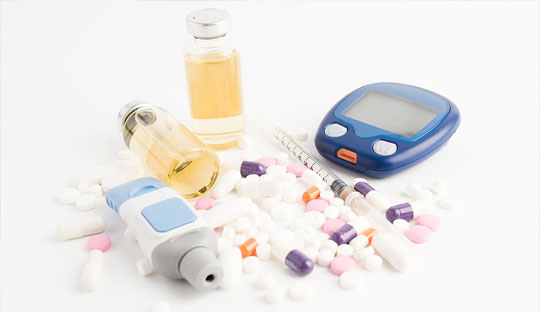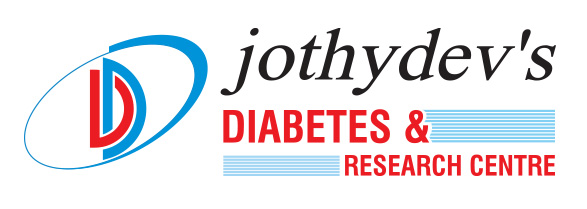2. New Algorithm Optimizes Drug Choices for Type 2 Diabetes

Managing type 2 diabetes is complicated — doctors need to decide not just which drugs to prescribe, but also the right doses to fit each one’s unique needs. Now, an innovative AI-powered tool called the AI Drug mix and dose Advisor (AIDA) may offer a solution. AIDA can help doctors personalize diabetes treatment more precisely, improving outcomes for people with type 2 diabetes.
This groundbreaking study, published in npj Digital Medicine, used data from over 107,000 people with type 2 diabetes to develop and test AIDA. The AI tool analyzes a patient's medical profile and past prescriptions to suggest the most effective combination of diabetes medications and their doses. The goal? To lower HbA1c (a measure of long-term (3 month) blood glucose levels) and bring it closer to the personalized target.
In tests, AIDA’s recommendations were found to improve HbA1c levels by 0.40% to 0.68% more than standard care, which is a significant improvement. The system uses a “predict-then-optimize” approach: it first predicts how different drugs and doses will affect a person’s blood glucose and then suggests the smallest adjustments needed to improve control, following clinical guidelines.
A key advantage of AIDA is its ability to account for specific drug combinations and doses. Many current systems only recommend broad drug classes, but AIDA can pinpoint precise medications and dosages, making it more in line with what doctors actually need in practice. This ensures that treatments are both safe and effective, especially for people with other health issues like kidney disease or heart conditions.
A panel of endocrinologists evaluated AIDA’s recommendations and found them to be accurate and practical in most cases. While AIDA doesn’t replace doctors, it serves as a powerful tool to assist them in making treatment decisions, particularly in clinics where resources and time are limited.
This exciting new technology could soon be used to support diabetes care worldwide, offering a smarter way to personalize treatment for each one’s needs and helping them achieve better control of their blood glucose.
For enquiries info@jothydev.net.
Please visit: jothydev.net | research.jothydev.com | diabscreenkerala.net | jothydev.com/newsletter




